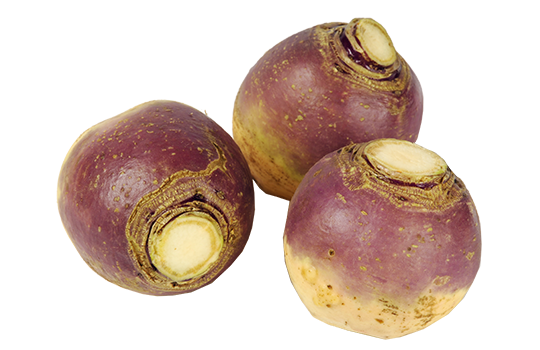- A crust - the tough outer part of a loaf of bread
- Beef - meat from a cow
- Lamb - meat from a young sheep (less than one year old)
- A shepherd - a person who tends sheep
- An appetiser - food or drinks served before the main meal (usually in restaurants) for the purpose of stimulating the appetite
- A swede - a root vegetable with dark yellow flesh and brown/purple skin (бруква)
- A rich gravy - excellent meal
- Venison - meat from a deer
Saturday, 30 March 2024
Glossary
Thursday, 28 March 2024
Fact-checkers of 3 traditional English dishes
1. Shepherd's Pie In Its Original Version
Sometime in the 18th century, a dish called “cottage pie” presented itself somewhere in the United Kingdom and Ireland. It seems to have originated as a way for people to make use of leftovers in order to avoid waste. Simply put, after making a weekend roast, unused meat was repurposed into a pie using affordable potatoes as a crust. This meal suggests the name “cottage pie” referred to the consumers of the dish—poor Irish peasants (they lived in cottages). Because the Irish, at the time, typically could not afford beef, it is suspected that the earliest forms of cottage pie contained mutton, since mutton was a cheaper and more flavorful alternative to either beef or lamb.
The cottage pie was the ancestor of shepherd’s pie, which was coined in the middle of the 19th century. For a while this dish had the same meaning as the cottage pie. However, as time went on, a distinction was made: shepherd’s pie referred to a dish made with lamb, and cottage pie referred to a dish made with beef.
The Yorkshire Pudding is a baked pudding made from a batter of eggs, flour and milk or water that is usually served as an accompaniment to roast beef.
The exact origins of the Yorkshire Pudding are unknown, the general agreement being that it is a dish associated with the North of England. The prefix “Yorkshire” was first used in a publication by Hannah Glasse in 1747, in “The Art of Cookery Made Plain and Simple”. The original purpose of serving the pudding was not as part of a main meal, in the way that it’s served with traditional roast dinners now, but instead served as an appetiser. This is because when meat was expensive, the Yorkshire pudding could act to fill the consumer, allowing the meat to stretch further: “Them ‘at eats t’most pudding gets t’most meat”, as the saying goes.
The traditional recipe for the pasty filling is beef with potato, onion and swede, which when cooked together forms a rich gravy. As meat was much more expensive in the 17th and 18th centuries, its presence was little and so pasties traditionally contained much more vegetable than today.
The pasty has been a documented part of the British diet since the 13th century, at this time being eaten by the rich upper classes and royalty. The fillings were varied and rich; venison, beef or lamb flavoured with fruits. It wasn’t until the 17th and 18th centuries that the pasty was adopted by miners and farm workers in Cornwall as a means for providing themselves with easy, tasty and sustaining meals while they worked. And so the Cornish Pasty was born.
Вступне слово
- вступати в обговорення щодо важливості збалансованого харчування;
- переглянути свій раціон і внести відповідні зміни;
- познайомитися з новими стравами та згадати уже знайомі;
- встановлювати причини вподобань у їжі;
- висувати власні ініціативи щодо поширення здорового харчування;
- проаналізувати особисті звички, пов'язані із прийомами їжі;
- розглядати харчування у цілісності його елементів.
Controversial food opinions
У цьому пості викладена підбірка думок про їжу та харчування, які можуть стати цікавим предметом для обговорення. Проте чи можна стверджуват...
-
У цьому пості викладена підбірка думок про їжу та харчування, які можуть стати цікавим предметом для обговорення. Проте чи можна стверджуват...
-
A crust - the tough outer part of a loaf of bread Beef - meat from a cow Lamb - meat from a young sheep (less than one year old) A shephe...








